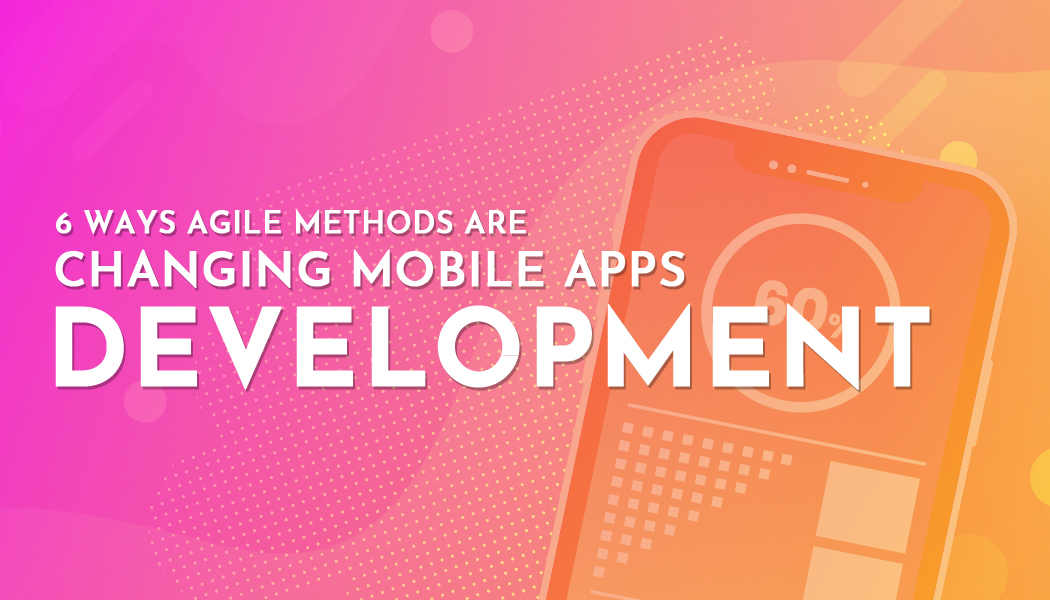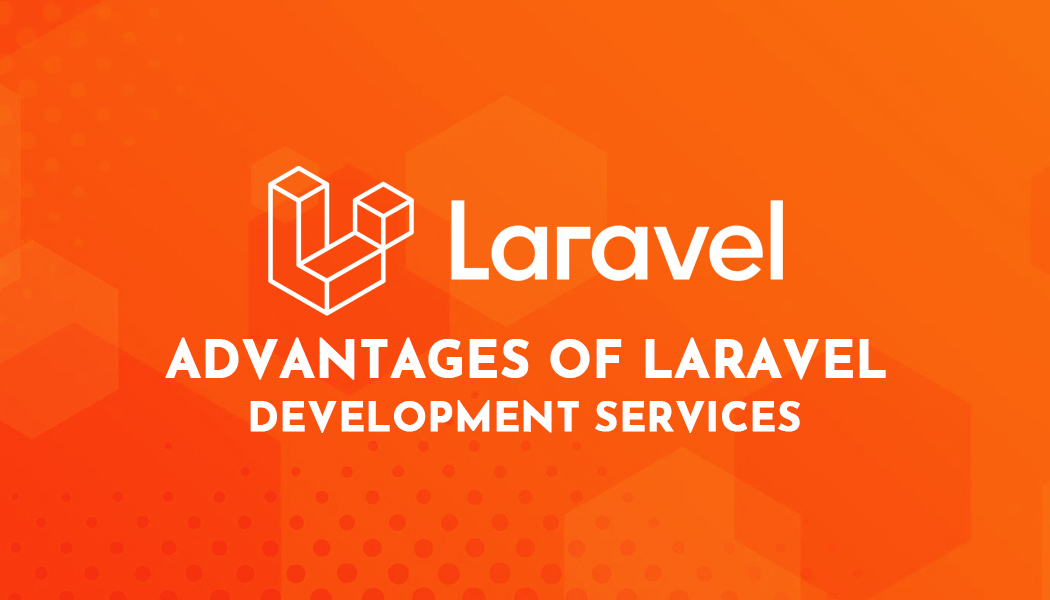6 Ways Agile Methods Are Changing Mobile Apps Development Forever
Smartphone users worldwide made 194 billion mobile app downloads last year and this shows the importance of application development these days. There is an app for everything around us and there are several companies working day and night to develop such mobile applications.
Agile methodology is breaking down the application development cycles into small iterations. It helps reduce the risks and allows the project to modify rapidly with no requirements upfront and maintains the schedule and budget of the project. Some of the well known existing agile development methods are XP, SCRUM, LEAN, CRYSTAL, Feature Driven Development(FDD), AUP, ASD, Dynamic system development method(DSDM), KANBAN, etc.
Organizations have now shifted their focus on the agile methodologies and agile projects have shown their worth too. Agile projects are 28% more successful than any other project or methodologies. About 71% of companies prefer agile methods for software and application development. Now, let us walk through those 6 different ways in which it changed the mobile application development forever.
1. SCRUM:
Scrum is an iterative and incremental agile method of application development. The Scrum framework and it’s set of practices to keep the engineering part visible, allowing the developers to know the exact operational capabilities and adjust the process to align the project with desired goals.
Scrum workflow is a sequence of iterations famously known as “sprints”. Each sprint is representative of work done by teams daily reviewed weekly. At the end of each sprint, there is a product demo called “Sprint Review”. Scrum is found to be the most effective mobile application because it offers daily data over the progress of development.
The main strength of the Scrum model is high project management capability. It is a combination of generic project management practices and lacks system development cycle (SDLC) phases about engineering and that is why XP engineering practices are used to support scrum principles.
2. Extreme Programming (XP):
This agile method is based on Behavior Driven Development(BDD), Test-Driven Development (TDD) and Continuous Delivery (CI). This is the sole reason, it is considered as the best suitable agile method for mobile app development.
Test-Driven Development ensures correct designing before coding and test automation, while Continuous Integration makes sure that there are no breaks between the previous and current versions. Developers focus on the validation of the application and the requirements reflected in the tests. Users provide acceptance tests that enable them to be certain that the features they need are provided.
XP methodology uses a pair programming technique, where two programmers, working together at one machine can write all the codes in pairs. Pair programming makes it easier for developers to adopt TDD. XP implements a groupware type development where the application is tested daily by users and feedback is obtained. This allows rapid response to any requirements and technology changes. It emphasizes productivity, flexibility and limited use of technology outside of programming by choosing a subset of requirements from a larger set.
The main strength of the XP method is the use of TDD, as it incurs fast development, cost-saving, high satisfaction of clients with fewer errors and acceptance to changing environments.
3. Pragmatic Programming:
This method focusses on incremental, iterative development, rigorous testing, and user-centered design. It puts forward techniques and best practices that concretely argument the practices discussed in the other agile methods. It is solely based on programmatic practicalities. The method itself is a collection of tools and tricks that focus on day-to-day problems.
It allows programmers to avoid duplicating code, information or documentation. Developers set a small set of primitive constructs, which can be combined in a small number of ways, which allows reducing the numbers to distribute teams more logically and test faster.
4. FDD(Feature Driven Development):
It is based on a process-oriented apps development approach. It is used for the development of business-critical systems. It focuses on the design and building phases to emphasize on the quality aspects throughout the process and include frequent application version deliveries with effective monitoring.
FDD allows multi-tasking capabilities in mobile application development. It allows easier development of applications that are complex due to documentation and reports generation. Built around discrete feature projects, this methodology can be applied through five steps:
- Develop an overall structure
- Prepare a features list
- Plan by feature
- Design by feature
- Build by feature
5. Rapid Application Development(RAD):
Rapid Application Development is an effective agile method for application development that provides quicker development with high-quality results. It is designed to optimize the application development lifecycle for higher speed in development. The main objective of the RAD agile method is to accelerate the entire application development process by active user participation in the entire development process.
Rapid Application development agile model helps to reduce the risk and required efforts on the part of a developer. It allows the clients to keep a check on the reviews of the project, while it is running and integrate user feedbacks for process improvisations and enhancements.
6. Rational Unified Process(RUP):
The rational unified process is shortly known as an RUP and is one of the most used modern application development process. This agile method divides the development process into four distinct phases and each of these phases, involves business modeling, analysis and design, implementation, testing, and deployment.
This is an object-oriented and web-enabled application development agile methodology. This model also helps developers for providing the guidelines, templates, and examples for all aspects and stages of application development.
Conclusion:
The Agile methodology is flexible, and allows developers to make changes in the project development requirements even after the initial planning has been completed. Mobile application development is the product of a large amount of the work done by developers, designers and many more. These developers and designers can ease their job of development through the agile method.
The integration of continuous delivery and continuous integration is achieved in any application development lifecycle through agile methods. Agile methods have forever changed the mobile application development by making it more faster, flexible and easily adaptable. It is vital for organizations to choose from different agile methods and even combine some of them for higher flexibility and productivity of mobile app development.




